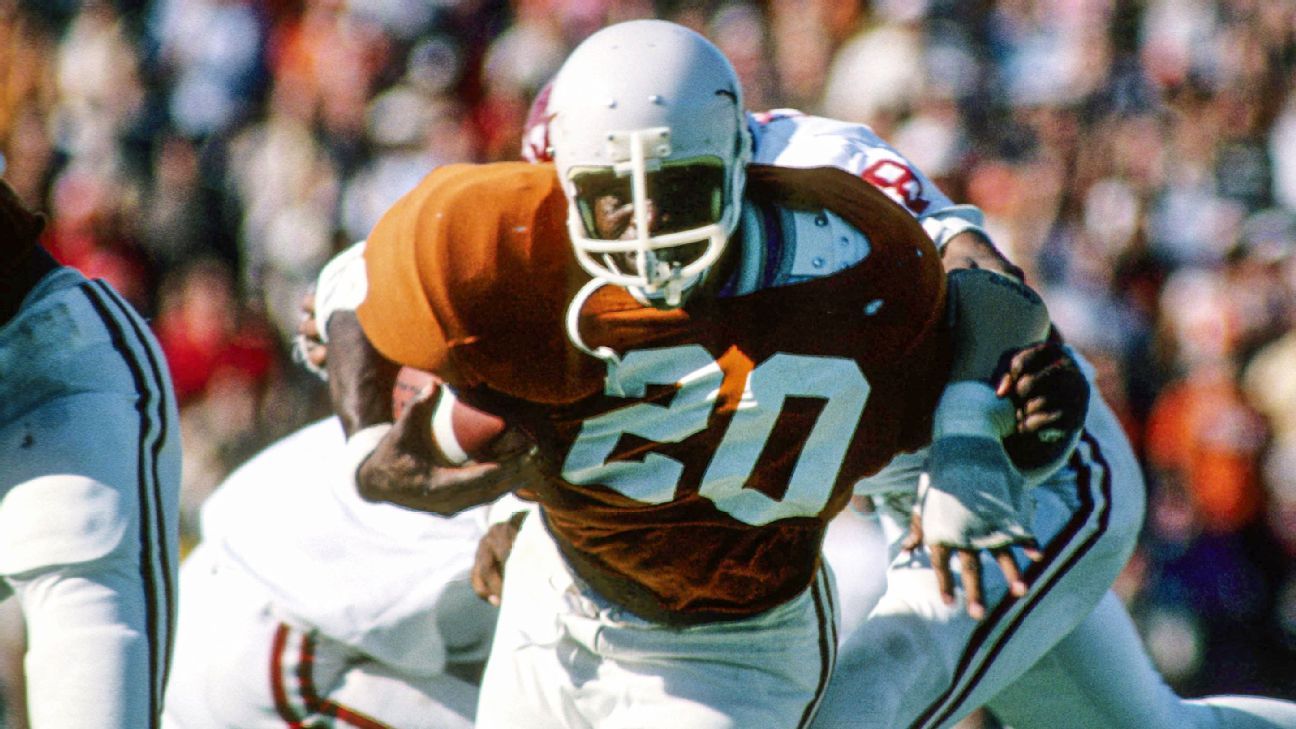After his abrupt retirement from the NFL in 1986 at age 31, Campbell spent years of trying to unravel what he thought was damage inflicted by football, mostly to address severe back pain. What he found, starting with several tests by a spinal surgeon in 1999, went much deeper.
"I know you were this great athlete that everybody knows -- Heisman Trophy winner, all this stuff -- but you probably should've never played football," Campbell said the doctor told him. "The amazing thing to me about Earl Campbell, this exceptional athlete I'm looking at, is that you weren't paralyzed."
Campbell learned he had played with spinal stenosis all his life.
It's a narrowing of the space inside the spine, leading to pressure on nerves, and causes pain, weakness or numbness. It's the same diagnosis that caused Michael Irvin to retire midseason and caused Cooper Manning to give up football at Ole Miss before his brothers went on to the NFL. Obviously, it would be a red flag for a football player like Campbell who ran with such brute force that he's celebrated in YouTube videos titled "
The Human Wrecking Ball."
"Earl has been very lucky that he didn't have any catastrophes when he was playing," said Dr. Stan Jones, a spinal surgeon in Houston who performed Campbell's fifth, and he hopes, final, back procedure in 2008. "I think if people had known -- the doctors he was seeing at the time and the team doctors -- that he was really significantly stenotic, they wouldn't have let him play. He escaped a horrible possible situation."


 .
.


